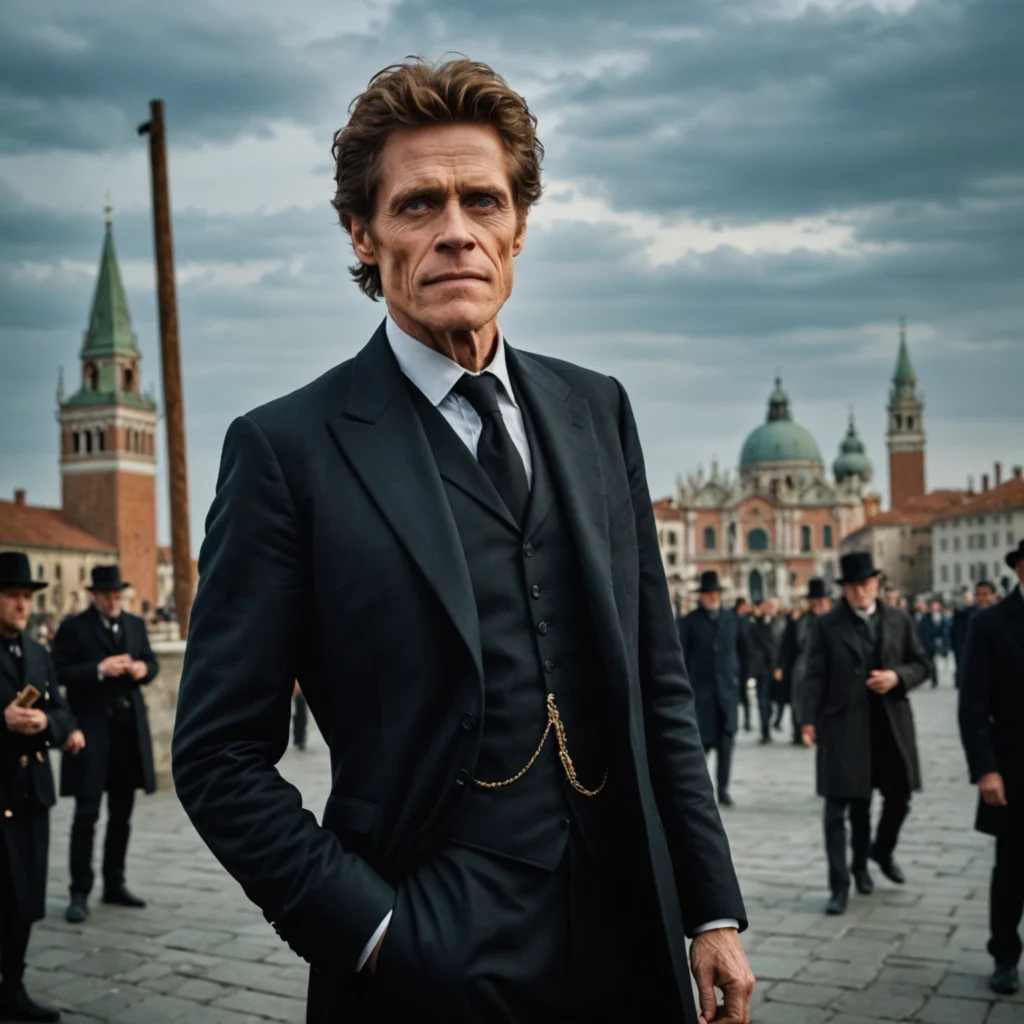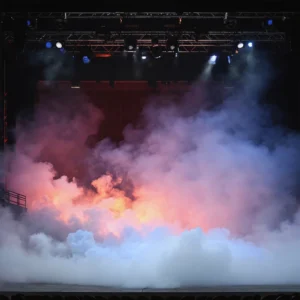
The Dawn of a New Theatrical Era
Willem Dafoe embarks on a remarkable journey that sparks hope and innovation in the world of theater. He explains his fervent passion for performances that unite communities and empower the individual actor. Consequently, he pursues a vision that celebrates raw emotion, impeccable craft, and human connection. Moreover, Dafoe’s commitment remains evident as he steps into his role as artistic director at his first Venice Fest program. He chooses to bring Davide Iodice’s rendition of “Pinocchio” to the stage, a production that features performers with special needs. In addition, he emphasizes theater that remains incredibly close to the actor. Therefore, Dafoe unites audiences while celebrating the transformative power of performing arts.
Charting the Experiment
Subsequently, Dafoe explains that his inaugural Biennale represents more than an artistic milestone; it symbolizes a daring experiment that challenges conventional theatrical narratives. He speaks with outstanding conviction about the need to dismantle barriers within performance art, and he does so by creating a space where originality meets inclusivity. Furthermore, he believes in offering audiences an immersive experience that captures both the dazzling and the challenging aspects of contemporary drama. His approach employs a multi-layered process that combines traditional storytelling with modern experiments. As a result, every performance serves as an invitation to explore themes of vulnerability and unity concurrently.
An Experiment That Transcends Boundaries
Dafoe lists clear objectives that drive his artistic experiment, and he outlines each goal with absolute clarity. For instance, he enumerates:
- Strengthening individual expression by focusing on actor-centric performances;
- Fostering social inclusion through theatrical collaboration with performers who face unique challenges;
- Elevating the art form by intertwining tradition with modern experimentation.
Moreover, he illustrates his methodology with a dynamic blend of intuition and rigorous planning. He incorporates a well-structured creative process that emphasizes both spontaneity and technique. Accordingly, his initiatives resonate with theater lovers and critics alike. In addition, Dafoe invigorates the stage with energy and enthusiasm that rarely goes unnoticed. Transitioning from experiment to performance, he invites the audience to partake in a collective experience that both entertains and enlightens.
A Close Look at the Production “Pinocchio”
Dafoe passionately discusses why he chose Davide Iodice’s “Pinocchio” for this seminal moment. He insists that the production embodies a compelling narrative of transformation and possibility. To illustrate his point, he highlights several critical features:
- The use of inclusive casting, which celebrates diversity;
- A script that navigates the complexities of identity and growth;
- Innovative stage design that enhances both visual narrative and emotional impact.
In addition, the production leverages unconventional rehearsal techniques that bring actors closer to their characters and the audience. Furthermore, Dafoe integrates a series of interactive moments during live performances, thereby breaking the fourth wall and creating an immersive ambiance where every individual feels connected. Consequently, the experiment evolves into a powerful vehicle for social change while challenging outdated norms.
The Road Ahead: Vision, Experimentation, and Innovation
Dafoe outlines a bold manifesto that charts the future course of his artistic endeavors. In his vision, the theater serves not only as a venue for entertainment but also as a transformative space where emotions catalyze societal change. He delineates several pillars of his vision:
| Key Pillar | Description |
|---|---|
| Inclusivity | Championing diverse voices and celebrating unique talents. |
| Innovation | Embracing experimental techniques to redefine performance art. |
| Community | Building shared experiences that resonate across societal boundaries. |
Moreover, he strategizes on forging collaborations that fuse traditional artistic practices with contemporary themes. Consequently, his program not only enriches individual lives but also cultivates an environment where every voice matters. Additionally, Dafoe introduces structured training programs, organizes workshops, and leads community outreach campaigns that further his mission. Ultimately, his approach reinvents storytelling by embracing the immediacy of live performance and the intimate connection between actor and spectator. In summary, Dafoe’s strategy encapsulates the notion that theater possesses the power to reshape society, unite diverse audiences, and ignite cultural renewal.
Throughout his address, Dafoe remains sincere, articulate, and inspiring. He navigates intricate topics with ease and leaves a lasting impression on everyone who listens. In light of his achievements, audiences now view theater as a dynamic arena for change that continuously evolves. Therefore, Willem Dafoe substantially influences contemporary art by synthesizing technique, innovation, and inclusivity. Ultimately, his groundbreaking vision colors the stage with the vibrant hues of hope, resilience, and unity.




